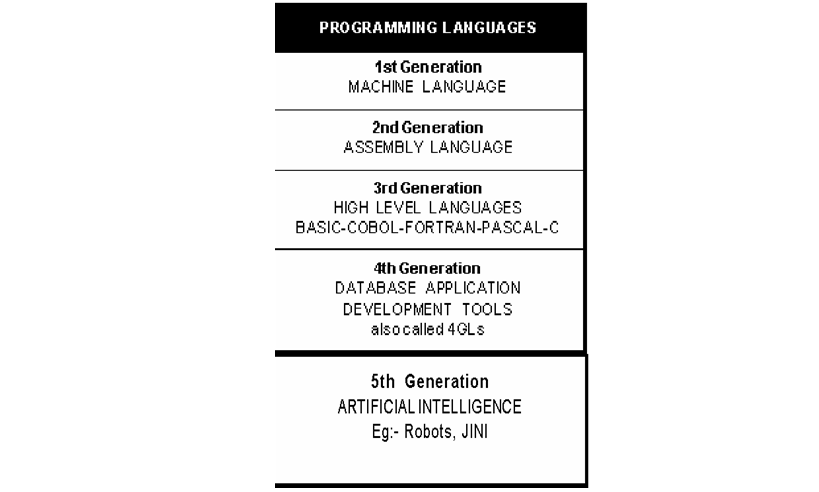A computer is a device that automatically performs arithmetic or logical operations on information input to it and provides an output according to the performed set of instructions stored within it. In other words, a computer is an electronic device, which receives input such as text, images, and numbers. A computer performs four tasks such as input, processing, output and storing.

Input: Sending the data and instruction to the computer.
Processing (CPU): The work done by the computer with the help of hardware and software.
Output: The result display by the computer.
Storing: The location where the result is saved in the computer.
Hardware, Software and Firmware together make up a computer system.
Hardware describes all the physical components used in the assembly of the computer.
Software constitutes the instructions on which the computer acts which thus makes the computer usable.
Firmware are programs that are permanently written and stored in computer memory.
History of Computer:
The Neolithic computer: The Neolithic computer is the oldest computer found to date. The stone carved structure is known as Neolithic computer and the mode of calculation is known as Stonehenge calculation.
Abacus: Abacus may be termed as a sort ancient computer. It perform numerical calculation and is still widely used by merchants in Asia and Africa. It is vary popular among children, as it help them to learn the basic of calculation.
Blaise Pascal: Blaise Pascal invented a machine in 1642 when he was 18 and named Numerical Wheel Calculator. The machine became popularly known as Pascaline. Later in 1673, Gottfried Leibniz invented a mechanical calculating machine that multiplied, divided, added, and subtracted faster than a pascaline.
Charles Babbage: Charles Babbage is known as father of computer because of his contribution in the field of computer. He invented the Real computer as we know them today. He invented a machine to perform mathematical calculation, later he began work on a machine that perform all types of calculation and finally 1956 he succeeded in developing such a machine named as “Analytical Engine”.
Electronic Numerical Integrator and Calculator (ENIAC): ENIAC was the first electronic computer. Two americal scientist jointly developed ENIAC on February 19, 1946. ENIAC performed mathematical calculation very fast; it could perform 5,000 additions or subtractions and 360 multiplications in just one second. ENIAC was huge; 80 feet long and weighting 30 tons.
IBM Personal Computer: IBM (International Business Machine) decided to provide computers to the common man in late 1970. in 1981, IBM developed the Personal Computer which was aimed for personal use.

The difficulties posed by the Machine Language led to the development of the Assembly Language, also referred as 2nd Generation Language.Assembly Language is a direct translation of the machine language code to understandable English type words however it has to be translated back by the Assembler.Due to the cryptic nature of Assembly Language, High-Level Languages were developed such as C, BASIC, etc.Next generation languages were result oriented and included Database query languages which have to be compiled or interpreted. Fifth generation languages are intended to enable users to communicate with computers using Natural Language.
Generation of Computer
1st Generation : (1946 – 55 ) Vacuum Tubes
2nd Generation : ( 1956- 65 ) Transistor
3rd Generation : ( 1966 – 75 ) IC’s ( Integrated Circuit )
4th Generation : ( 1976 -80 ) Microprocessor
5th Generation : ( 1980—– ) Advance Microprocessor


